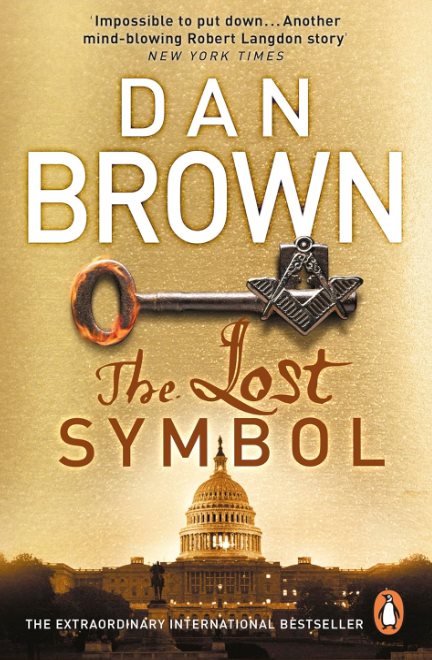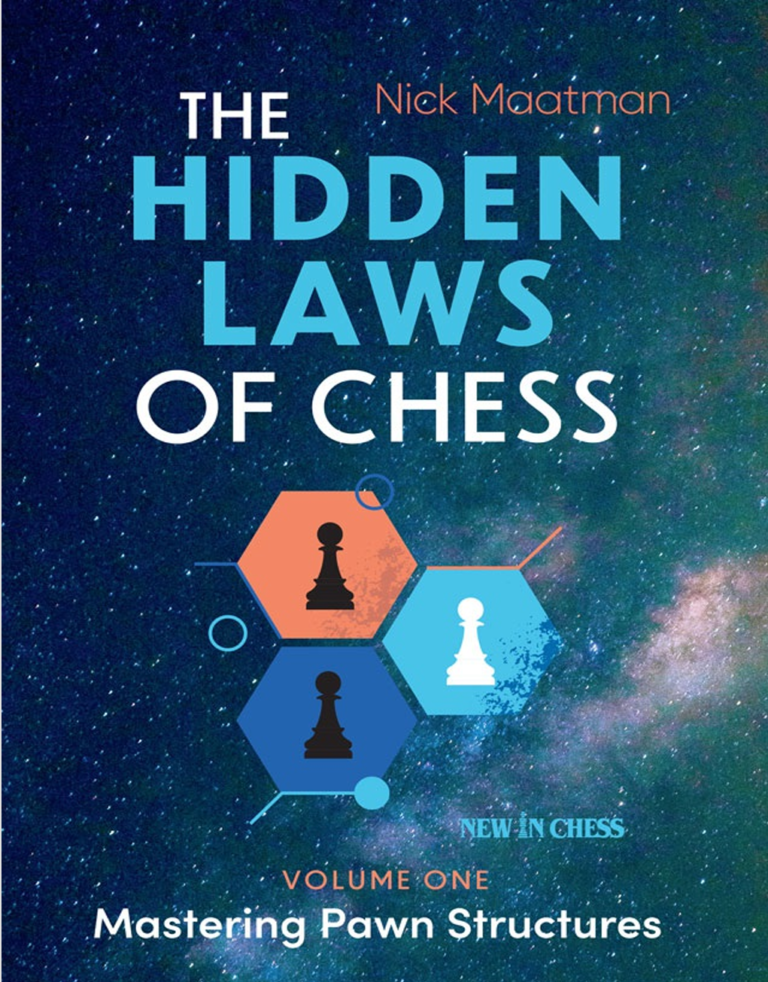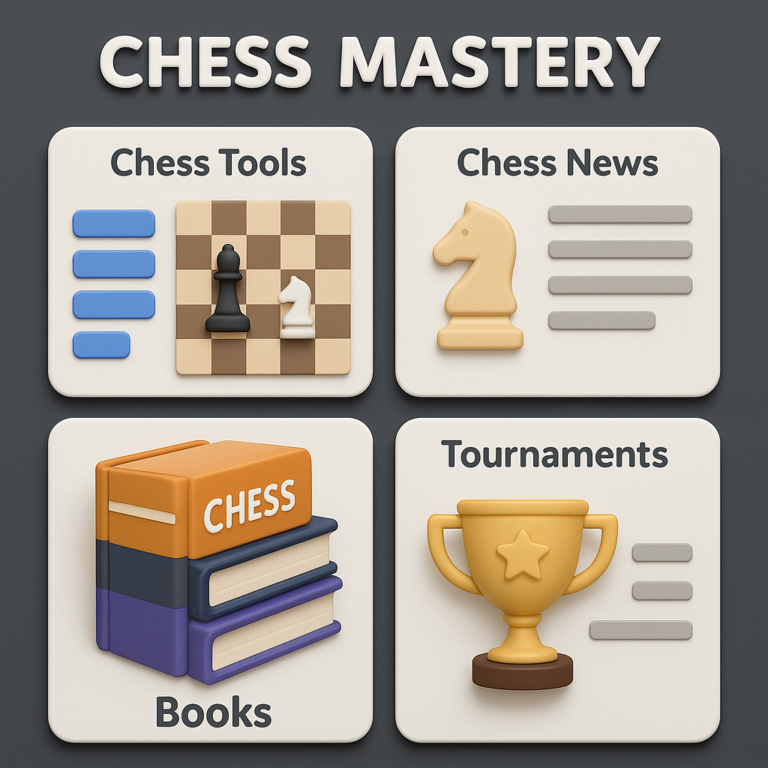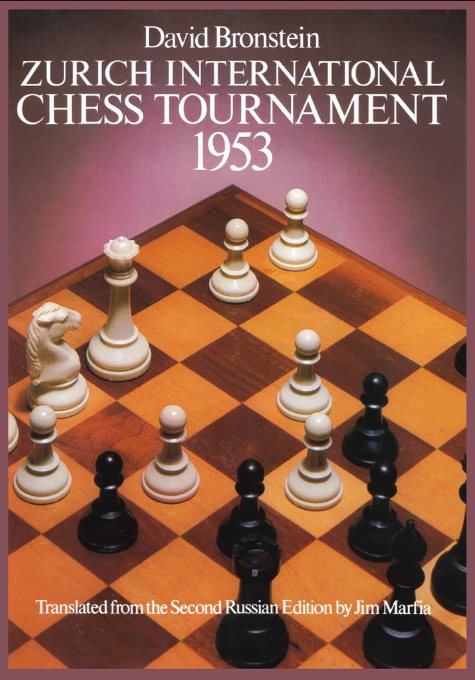
Hook: “What ancient secrets would you protect, no matter the cost? And who would you trust to unlock the mysteries of the mind and spirit?”
Brief Overview
In The Lost Symbol, Dan Brown once again follows Harvard symbologist Robert Langdon as he delves into cryptic codes, hidden messages, and powerful societies, this time in the heart of Washington, D.C. Summoned by his mentor Peter Solomon to give a lecture, Langdon quickly finds himself drawn into a life-or-death investigation when he discovers his friend has been kidnapped. With the clock ticking, Langdon races to decode a series of symbols and uncover an ancient wisdom guarded by the Freemasons—wisdom that an enigmatic and ruthless antagonist seeks to exploit for his dark ambitions. As Langdon traverses the city’s historic landmarks and esoteric mysteries, he must confront questions about knowledge, belief, and the power hidden within the mind.
Key Elements
- Characters: Robert Langdon returns as the inquisitive and ever-skeptical protagonist, using his expertise in symbolism to solve complex puzzles. Peter Solomon, a revered historian and Mason, represents a bridge between past wisdom and modernity. Katherine Solomon, Peter’s sister and a researcher in Noetic Science, adds a fresh intellectual perspective, exploring the power of human thought and consciousness. The antagonist, Mal’akh, is particularly memorable—driven by a fervent need for power and transformation, his sinister plans create high stakes and an ominous atmosphere.
- Themes: The Lost Symbol grapples with themes of enlightenment, self-discovery, and the limits of knowledge. It explores the clash between scientific exploration and mystical beliefs, challenging the boundaries of what is knowable. The novel also reflects on the role of secret societies and ancient wisdom in modern society, prompting readers to question how knowledge and truth are preserved or distorted.
- Author’s Style: Brown’s signature style—suspenseful and layered with historical context—enlivens the narrative. The novel is fast-paced, with short, cliffhanger-filled chapters that keep readers turning pages. Brown’s detailed descriptions of Washington, D.C.’s landmarks and artifacts lend a sense of authenticity, creating a vivid backdrop for the cerebral challenges Langdon faces.
Highlights
The exploration of Noetic Science, which delves into the potential power of human consciousness, is a compelling element that adds a modern scientific dimension to the book. Brown’s rich details of Washington, D.C.’s architecture and Masonic symbols enhance the story’s historical intrigue. Additionally, the well-crafted puzzles and clues create an engaging intellectual experience, making the reader feel like a co-investigator in Langdon’s journey.
Criticisms
Some readers might find the pace slows occasionally due to dense historical and scientific explanations. While these details add authenticity, they may feel excessive in certain scenes, potentially detracting from the tension of the unfolding thriller. The antagonist’s motivations, while intriguing, could benefit from additional psychological depth, as his actions occasionally seem overly dramatized.
Personal Impact
Reading The Lost Symbol challenges one’s perceptions of power, faith, and the unseen potential within the human mind. Brown’s portrayal of the interplay between ancient and modern knowledge made me ponder the boundaries of science and spirituality and inspired curiosity about the mysteries woven into the fabric of history.
Recommendation
The Lost Symbol is a captivating read for fans of thrillers, historical fiction, and those intrigued by secret societies and esoteric lore. Readers who enjoyed The Da Vinci Code will appreciate the return of Langdon and Brown’s trademark blend of suspense and historical mystery. This novel is ideal for anyone interested in intellectual puzzles, symbolism, and the power of knowledge.
Rating: ★★★★☆







